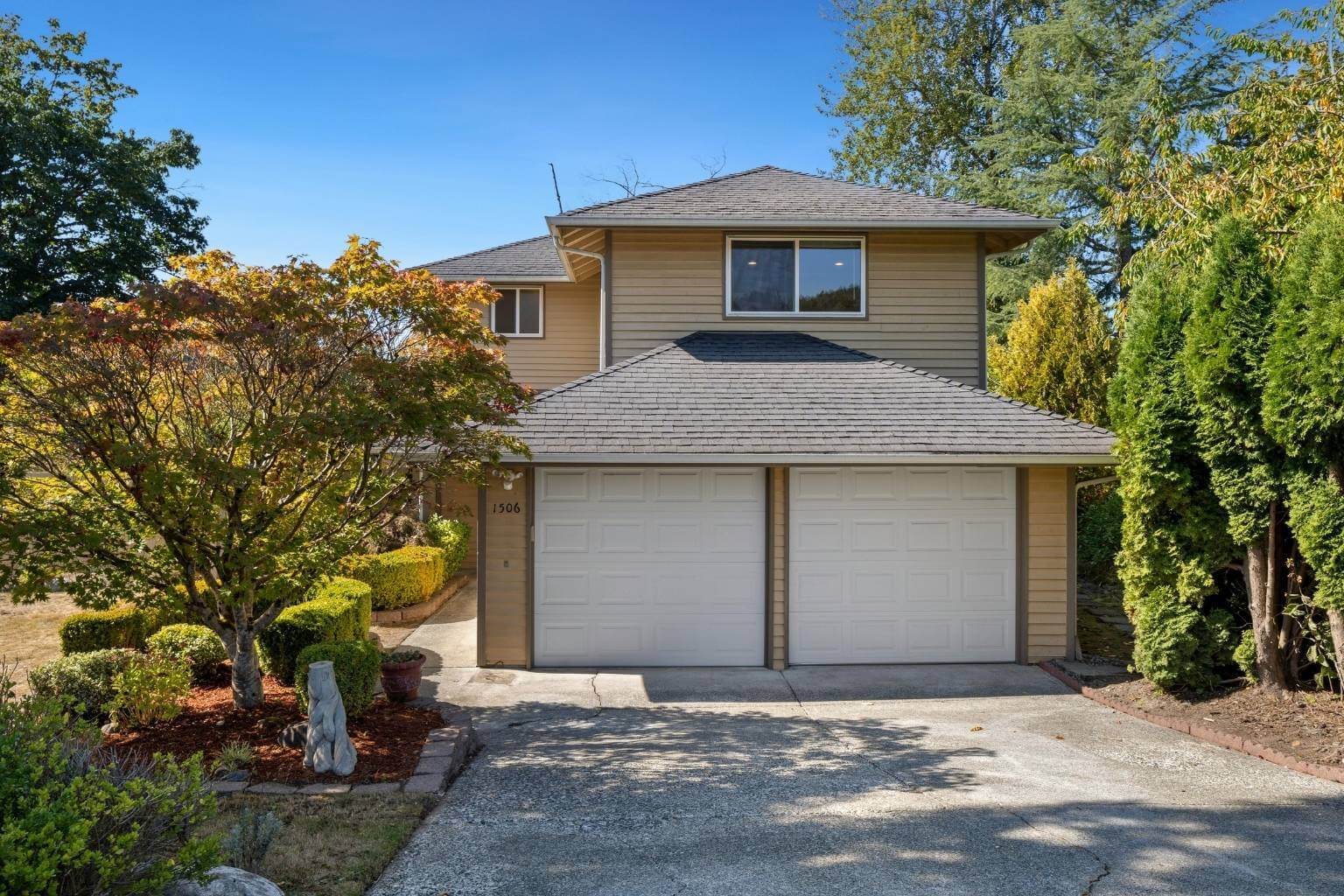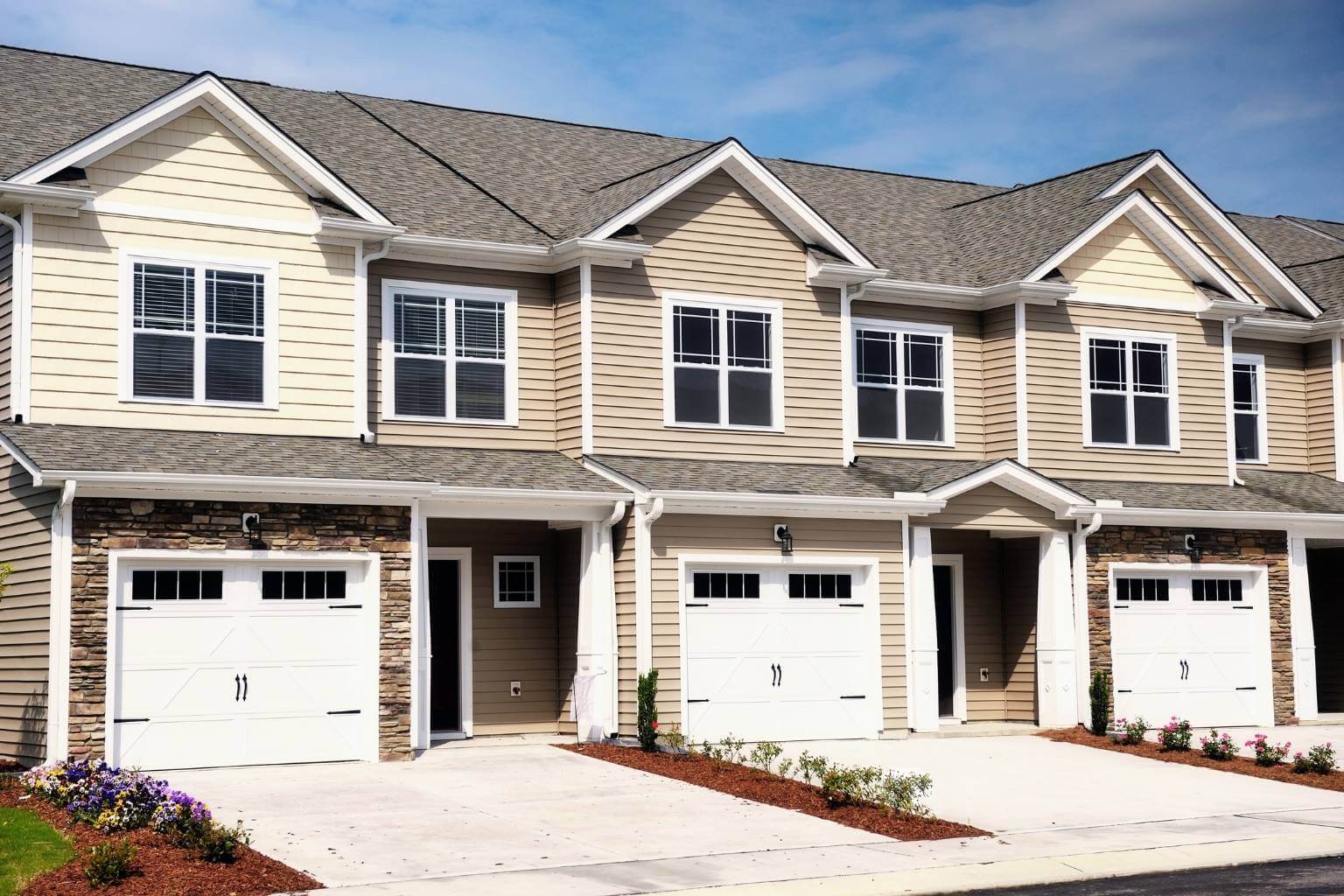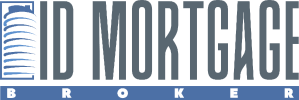Key takeaways:
- Single-family homes are best for buyers who prioritize privacy and independence since they stand alone without shared walls. This option is usually easier to finance and offers a quiet environment that appeals to families looking for stability.
- Multi-family properties are designed for generating income because they allow you to rent out separate units. While they often require a larger down payment, the ability to collect rent helps offset the mortgage and builds cash flow faster.
- Your decision should be based on your primary goal. Choose a single-family home if you want a personal space for your lifestyle or pick a multi-family property if you are focused on investment growth and monthly earnings.
When people look at buying property, the debate often circles back to single-family vs multi-family. The decision goes beyond structure alone. It influences lifestyle, financial flexibility, and the way wealth can grow over time.
Understanding the differences between single-family and multi-family homes provides an advantage in the buying process. It gives clarity on which direction supports your goals.
Quick Links:
- What is a Single-family Home?
- What is a Multi-family Home?
- Single-Family vs Multi-Family: Key Differences
- Pros and Cons of Single-family and Multi-Family Homes
- Investment Insights: Multi-family vs. Single-family
- Which Option Fits Your Goals Best?
- Choosing the Path That Fits You Best
What is a Single-family Home?
A single-family home is a residential property built for one household. It typically stands alone on its own lot, with no shared walls or common spaces. This setup provides greater privacy and control, which is why it remains the most familiar choice for families across the country.

Compared with a multi-family home, it offers a quieter environment and a sense of independence that many buyers value.
Financing for a single-family home often comes with more straightforward mortgage options. Lenders view these properties as less complex than multi-unit investments, which can make the process easier for first-time home buyers in California.
Families often favor this type of property because it combines stability with the opportunity to build long-term equity, making it appealing for second-time home buyers looking to upgrade. For many, purchasing a single-family home marks a milestone, providing both a place to grow and a reliable investment in future security.
Pro Tip:
- Even though single-family homes offer independence, always check for HOA (Homeowners Association) restrictions before buying. Some associations ban short-term rentals (like Airbnb) or limit exterior renovations, which impacts your control over the property.
What is a Multi-family Home?
Meanwhile, a multi-family home is a residential property built to house more than one household. Instead of a single residence, it is divided into separate units where each household lives independently.
Common examples include duplexes with two units, triplexes with three, and fourplexes with four. Every unit usually has its own entrance, kitchen, and living space, which allows residents to maintain privacy while sharing the same overall structure.
On the financing side, multi-family homes are often attractive to investors who may benefit from specialized investment property loans. Lenders may require larger down payments compared with single-family properties, but the potential for rental income often balances the higher upfront cost.
Owners can choose to live in one unit and rent out the others, or they can lease every unit to create stronger cash flow.
Pro Tip:
- Consider “house hacking” by living in one unit of a fourplex and renting out the other three. This allows you to use residential financing (which often has lower interest rates) while your tenants pay off the bulk of your mortgage.

This is why the multi-family and single-family home comparison is essential for buyers who want a property that provides both housing and long-term financial growth, especially those considering DSCR loans to leverage rental income for qualification.
Pro Tip:
- If you are self-employed or struggling to show high personal income on tax returns, ask your broker about DSCR loans. These loans qualify you based on the property’s projected rental income rather than your personal debt-to-income ratio.
Single-Family vs Multi-Family: Key Differences
The difference between single and multi-family home ownership can be seen in structure, privacy, costs, and financing.
| Factor | Single-family Home | Multi-family Home |
|---|---|---|
| Structure | Stands on its own lot and houses one household with full control of the property. | Divided into separate units that allow multiple households to live independently within the same building. |
| Privacy | Provides greater independence and quiet surroundings, appealing to families who want personal space. | Reduces some privacy since walls and shared areas are part of the setup, but increases housing capacity and rental opportunities. |
| Costs and Financing | Usually comes with lower upfront prices, but generates income only if rented out as a whole. | Often requires larger down payments and stricter loan conditions, yet can create stronger and more consistent cash flow since multiple units generate rent. This advantage can also support strategies such as cash-out refinancing. |
These factors make the decision between single-family and multi-family homes an important one for both buyers and investors.
Pros and Cons of Single-family and Multi-Family Homes
Both single-family and multi-family homes come with clear strengths and trade-offs. Understanding how they compare across lifestyle, income potential, costs, and responsibilities can guide you toward the option that best matches your goals.
| Factor | Single-family Homes | Multi-family Homes |
|---|---|---|
| Privacy & Lifestyle | High privacy, independence, and quiet surroundings. Strong lifestyle appeal in traditional neighborhoods. | Lower privacy due to shared walls or spaces, but higher housing capacity and rental opportunities. |
| Investment Value | Steady appreciation over time. Viewed as both a home and a long-term asset. | Multiple rental units generate steady cash flow. Scalable for faster portfolio growth. Tax benefits through depreciation and expenses. |
| Costs & Financing | Lower upfront purchase price compared with multi-family. Generates income only if rented as a whole. | Higher upfront cost with larger down payments and stricter loan terms. Rental income offsets financing challenges. |
| Maintenance & Responsibilities | Owner covers all upkeep costs. No division of responsibilities. | More tenants increase maintenance needs. Many owners hire property managers, adding extra expense. |
Reviewing the pros and cons side by side highlights the balance between lifestyle comfort and income potential. Your choice depends on whether you value privacy and simplicity or prefer rental income and long-term growth opportunities.
Pro Tip:
- When calculating potential returns for multi-family homes, never assume 100% occupancy. Always factor in a 5% to 8% “vacancy rate” and a maintenance reserve fund to ensure your cash flow remains positive during turnover periods.
Investment Insights: Multi-family vs. Single-family
The multi-family vs single-family investment decision often comes down to how each property performs over time. Returns, cash flow, resale value, and financing shape the right choice for buyers and investors.
| Factor | Single-family Homes | Multi-family Homes |
|---|---|---|
| Long-term ROI | Tend to appreciate steadily over time, offering stable equity growth. | It can generate higher returns since multiple units produce rental income at once. |
| Cash Flow | Income comes only when the entire property is leased. Vacancy results in a total loss of revenue. | Rental income is spread across several units. One vacancy does not stop cash flow completely. |
| Resale | Appeals to a wide range of buyers, including families, making resale easier. | Attracts a smaller pool of investors, but those buyers are highly targeted. |
| Financing | Lenders view these properties as less complex, often allowing easier terms. | Lenders may set stricter requirements, but rental income potential helps offset these conditions. |
Pro Tip:
- To maximize resale value, match the property type to the neighborhood demographic. Single-family homes appreciate fastest in top-rated school districts, whereas multi-family units perform best near transit hubs, universities, or city centers where rental demand is constant.
Which Option Fits Your Goals Best?
Families: Choosing a Single-family Home
For families, a single-family home often serves as the better choice. It provides privacy, stability, and the comfort of a traditional neighborhood, which makes it well-suited for long-term living.
Investors: Choosing a Multi-family Property
Investors often favor multi-family properties. Rental income from several units creates stronger cash flow and reduces the impact of a single vacancy. This makes a single-family vs multi-family property choice more about financial priorities than lifestyle considerations.
Lifestyle vs Financial Priorities
Single-family homes suit buyers who value personal space and a stable environment. Multi-family homes work best for those focused on income generation and long-term wealth building.
Choosing the Path That Fits You Best
Choosing between a single-family home and a multi-family property depends on your priorities. A single-family home provides privacy, stability, and steady appreciation. A multi-family property creates stronger rental income, scalability, and tax benefits, but it also requires higher upfront costs and greater management.
Each path has advantages and challenges, and understanding these differences is the first step toward a confident decision.
If you are comparing options, a tailored financing strategy can give you an edge. Connect with ID Mortgage Broker to find mortgage solutions that match your goals, whether you want a family home or a property that builds long-term income.




